As trailer owners, we’ve all wondered whether there is a better way to move our trailers around our properties.
Sure, the truck works for most situations. But sometimes it would be nice to have another option for maneuvering around your garage, driveway, and yard – something for those small moves and tricky spots.
What if there was a convenient tool you could keep on hand for getting trailers in and out of tight spaces? What if you didn’t need to hook your trailers up to the truck just to shuffle them around? What if you could get more precise control without a lot of extra work?
As it turns out, the trailer community has found lots of alternatives for this. A quick scan of any trailer forum (or even the comments section on our social media profiles) will reveal half a dozen – maybe more – different ways to move a trailer without the typical rear receiver hookup.
But we couldn’t help wondering: how well do they really work?
So, we’ve dug deep into discussions all across the web to hear first-hand from trailer owners just like you who have tried these other methods for themselves.
Here’s what we found:
1. Front Mount Receiver
So, technically, this method still involves using your truck (meaning tight spaces could still be challenging). But many trailer owners swear by the use of a front hitch for better control when reversing their recreational vehicles.
However, a front mount receiver eliminates several of the most common issues of backing up with a tow vehicle: difficulty steering, limited visibility, and tight maneuvers. A front hitch lets you push your trailer while looking straight at it. And, as an added bonus, this connection point provides more precise steering because the hitch is closer to the turning wheels.
Before you go out and buy a front hitch, however, there are a few things to consider.
The first is 4-wheel drive capabilities. If you’re planning to move on potentially soft, uneven, or steep terrain, you need a vehicle that can handle those conditions while pushing a trailer.
Next, think about the placement of the hitch. Can you have it mounted a little offset from the center of your vehicle? This will give you a better ability to view the side of your trailer, as well as your surroundings.
Lastly, consider the tongue weight. Front mount hitches may not have as high of a weight capacity. With all that weight resting on the front end of your vehicle, you may also find that your tires dig into the ground more and are harder to turn. Some owners of larger trailers recommend a wheeled extension for the jack to remove some of that weight.
As long as you take these three things into consideration, you should be able to make this method work for you. But, if you hope to get into a space that isn’t long enough for the truck and trailer together, then a front hitch won’t do you much good.
2. Tractor
Whether you’re looking for precision steering or a smaller vehicle to fit those tight spaces, a lawn tractor is a common choice for moving trailers.
Depending on the type of tractor you have, there are a couple of attachment options available: a receiver attached to the bucket, or a rear receiver hitch.
For a simple tow job with a small trailer, a tractor can be a good, compact alternative to your standard tow vehicle – just be sure that you have the right tires and four wheel drive.
You might be surprised to find that many trailer owners have reported that this method does not work as well as might be assumed, since the tractor needs to be heavy enough to counterbalance the trailer that it is pulling/pushing. Even if your tractor is capable of pulling the weight, you may still need to add weights onto it to maintain ballast distribution.
And, though many suggest that this method could make trickier parking spots easier to get into, you might have trouble seeing the spot properly. Your overall visibility will be reduced when driving the tractor because you are low to the ground and very close to the body of the trailer.
3. Forklift
A forklift is a piece of equipment that most people are unlikely to have lying around at home. However, in commercial and industrial contexts, this is a popular choice for moving trailers and other types of equipment. These mighty little machines are meant for hauling, and can handle quite a bit of weight. Plus, they are designed to counterbalance the front weight placed on them (as long as you don’t exceed the limit).
If you happen to have a forklift, you’ll be happy to know that there are several companies that sell trailer hitch attachments for forklifts. There are traditional receivers that can connect to the frame, as well as attachments that slide over the forks. The latter type are well-constructed metal plates or covers, often offering multiple connection points, depending on your needs.
While some would suggest that you can simply drill a hole through one fork to attach a hitch ball or pin, this is not recommended. This will damage the integrity of the fork. It could also create some unique steering challenges because the trailer will be attached to only one side of the machine.
So, if you have a fork lift, this is a great choice for moving your trailer!
Just remember, before you take your forklift out in the yard, that you need an upgrade from the standard warehouse tires, otherwise you’ll have trouble getting traction.
4. ATV
An ATV might seem like a logical option for moving your trailer – after all, there are small trailers that are specifically designed for pulling with an ATV. But, from everything we’ve seen, this is not a good idea.
An ATV is simply not designed to pull any kind of large trailer. The towing capacity on these machines is very low, and you’re more likely to end up in a permanent wheelie position than having a perfectly parked trailer.
Besides, your only brakes are the ones on the ATV itself, which makes pulling a trailer on any kind of slope inadvisable.
5. Ride-on lawn mower
Much like lawn tractors, a ride-on lawn mower might seem like a good solution for small moves, but there are few that are designed to handle the weight of a trailer. Most ride-on lawn mowers don’t have the transmission needed to supply the appropriate amount of torque. Several accounts from trailer owners state that, while a lawn mower may have helped them move their trailer, they could tell that the machine was not happy with the load.
Don’t upset your lawn mower. And don’t risk breaking it when there are other tools that can better handle the tongue weight without tipping or straining.
You may be able to get away with using your ride-on lawn mower if you only have a small pop-up trailer, but we don’t recommend that you try this at home.
6. Converted snowblower
An old snowblower is fairly easy to come by (in snowy areas), and not too costly to obtain either.
This moving method for trailers seems a bit unusual, but it may actually work. Whether you decide to attach the hitch ball on top of the auger cover (which will likely require some reinforcement), or to remove the auger attachment altogether and add a receiver to the front of your machine, you have a rather simple motorized mover to which you can attach your trailer.
It might not move very quickly or turn all that well, but it does give you a way to move your trailer by hand without having to lift all of that weight yourself.
Now, obviously, this jury-rigged machine is only as good as the base you use, the design you come up with, and the quality of the build, so the level of safety and effectiveness varies greatly from one machine to another. But, with the right modifications, you might be able to make this work.
7. Brute force
There is always the option of moving your trailers by hand. But, unless you’re going a very short distance with a very light trailer, this is probably more work than it’s worth. Most trailers do offer a handy jack wheel for these situations, but those hard little plastic wheels aren’t designed for any major moves – and they’re certainly not designed for dragging through your yard.
And don’t forget what a challenge a slope can be if you’re supporting all of the trailer’s weight yourself.
8. Trailer dolly
You know we couldn’t make a list of trailer-moving methods without discussing trailer dollies. These handy gadgets come in manual and motorized models for moving a variety of trailer types and sizes. These dollies usually go through extensive design and testing processes to ensure a safe and efficient trailer-parking experience. They are the best choice for maneuvering in tight spaces, and they don’t take up a ton of storage room.
Browse our full selection of trailer dollies to find the right one for your needs, and never worry about how you’re going to get in and out of that impossible spot with your truck again.


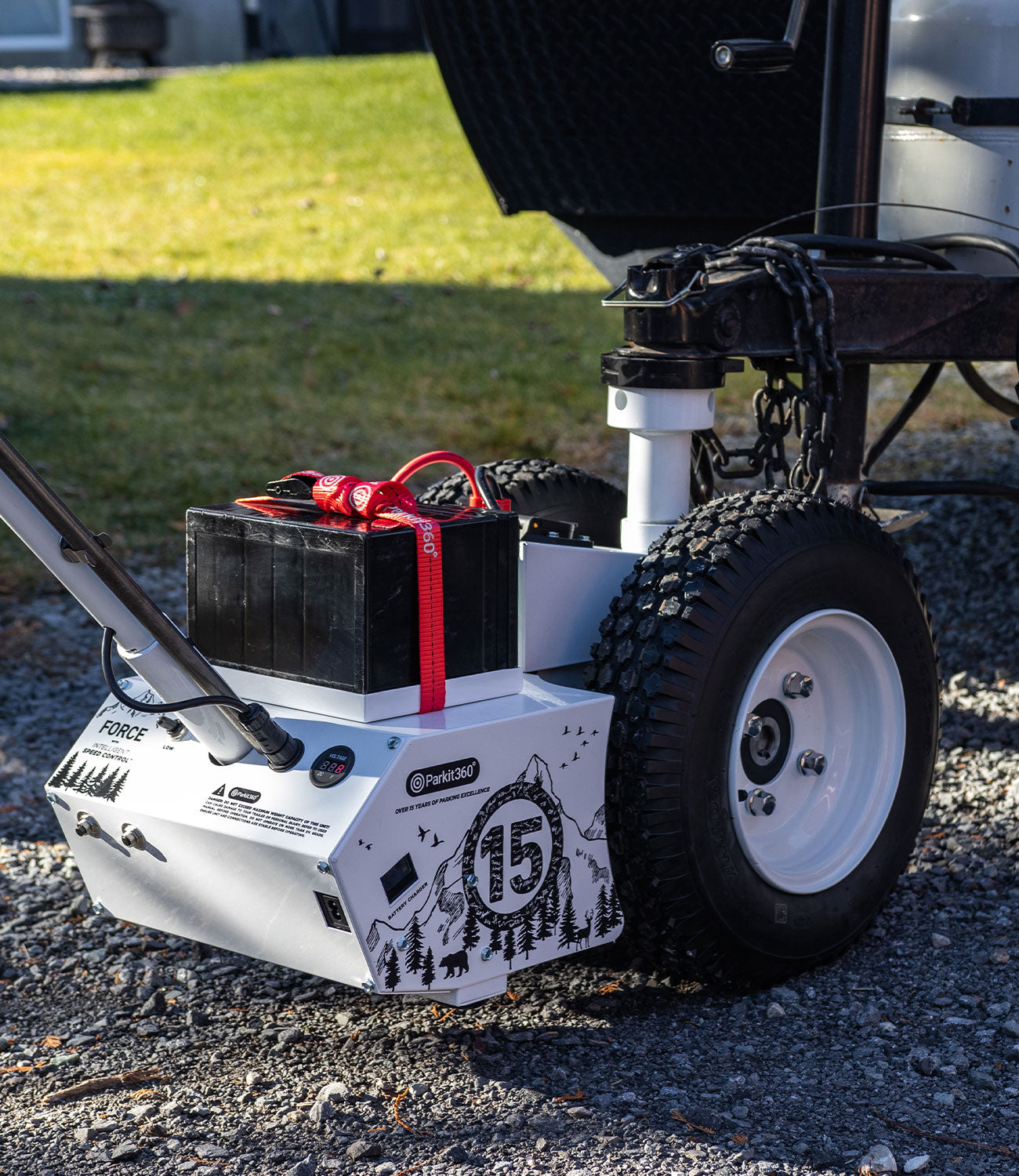
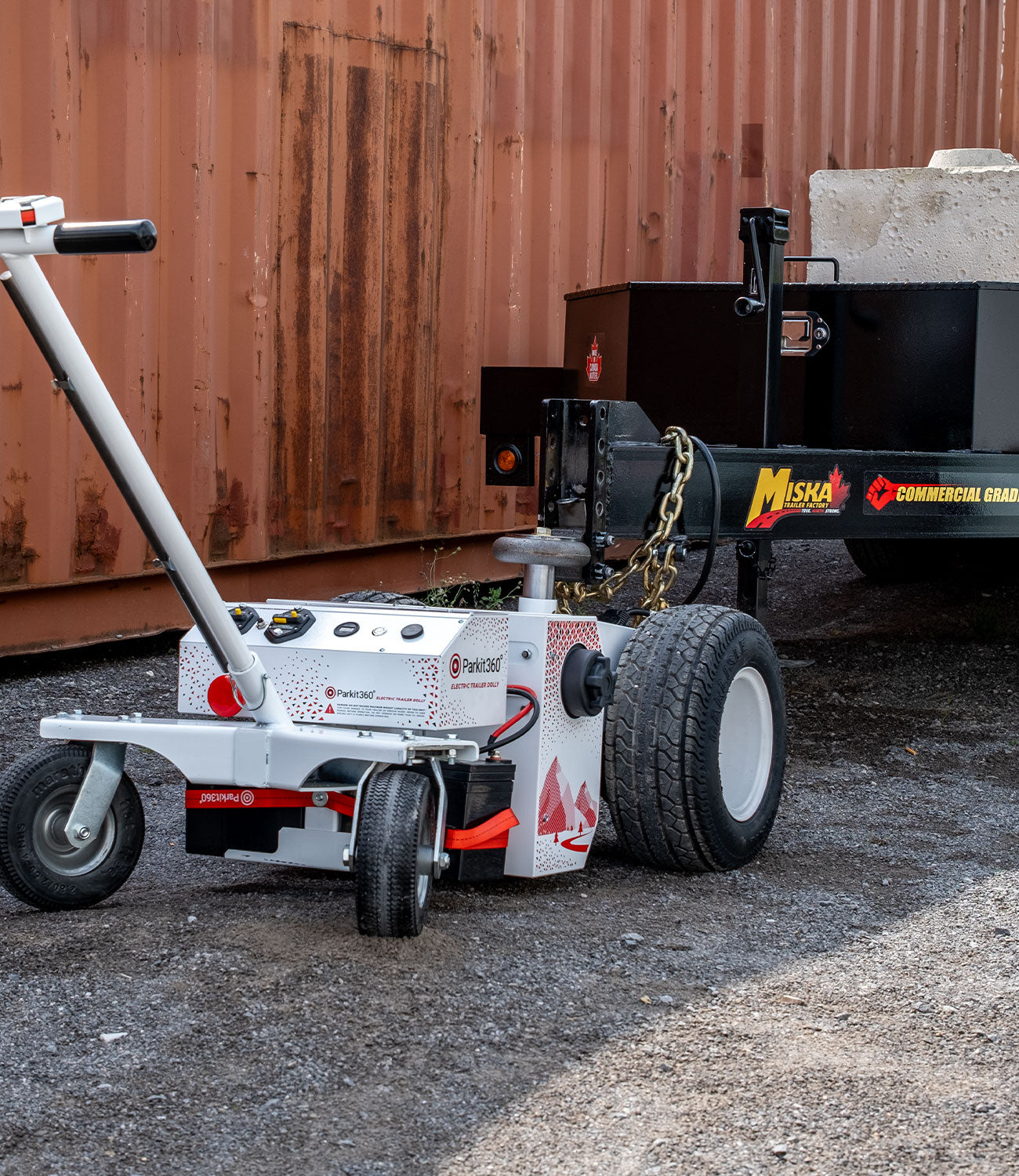
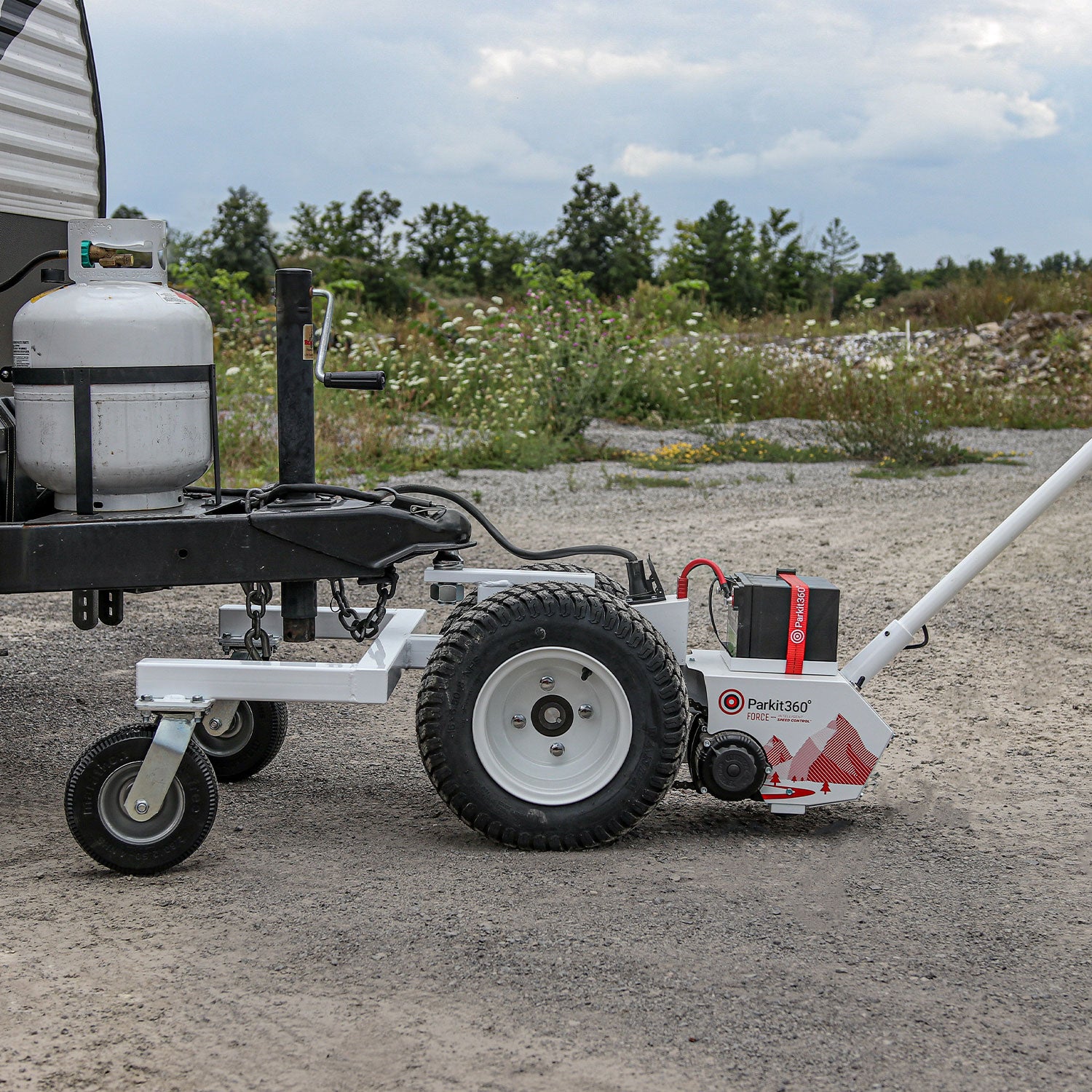
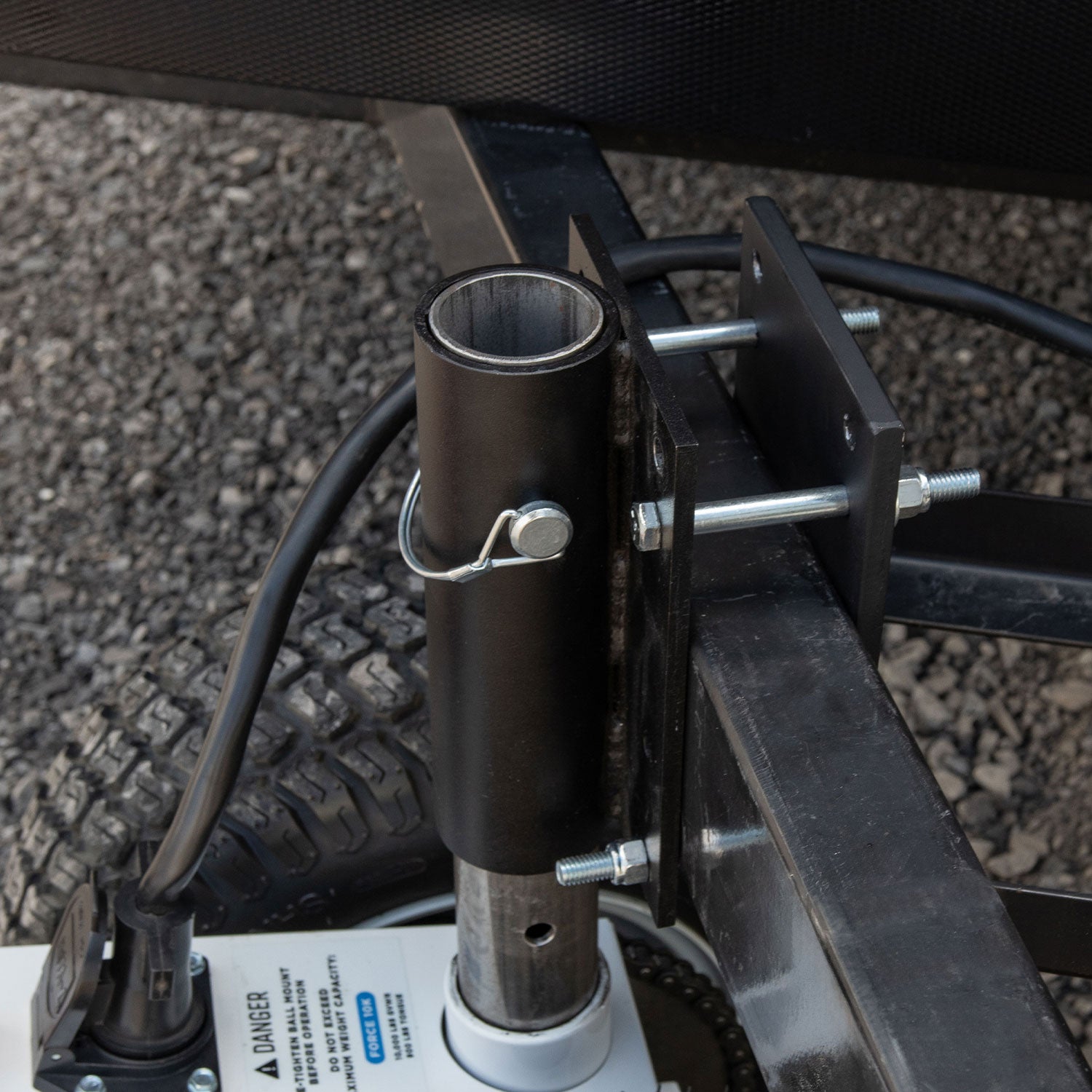
















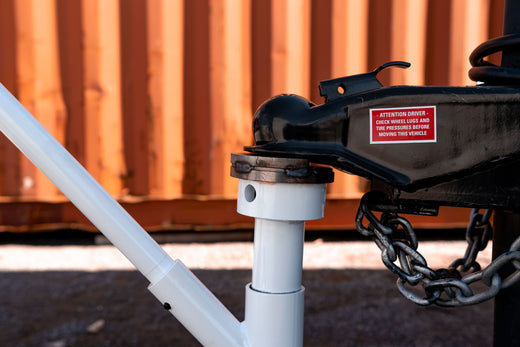

Leave a comment
This site is protected by hCaptcha and the hCaptcha Privacy Policy and Terms of Service apply.